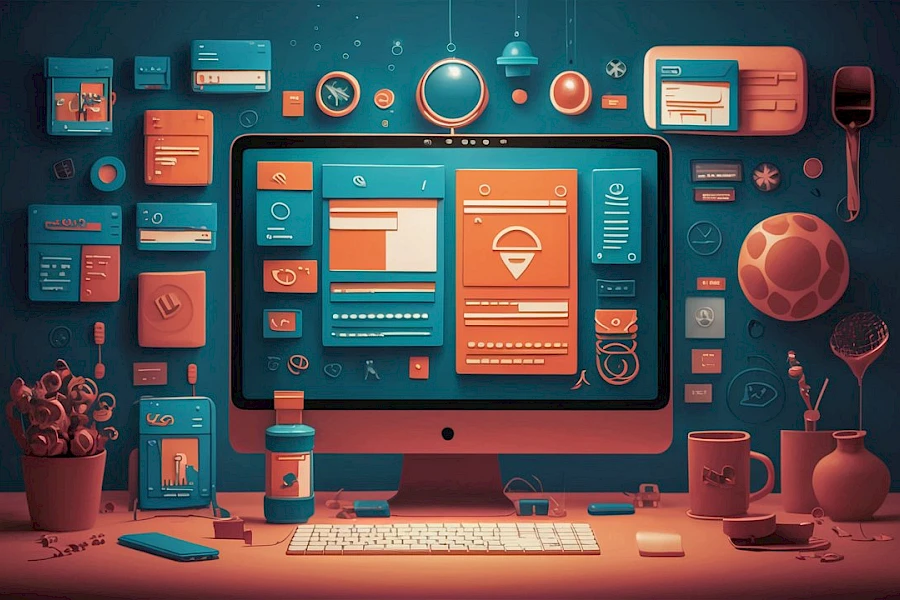
Web Design services help businesses and individuals establish an online presence through visually appealing and user-friendly websites. An experienced web designer can create custom sites from scratch or revamp existing sites, implementing best practices for layout, navigation, graphics, content structure and more. Web Design services typically include consultations to understand needs, site mapping and wireframing, graphic design, programming, content input, testing, and post-launch maintenance and updates.

Web design refers to the process of planning, structuring, and creating websites. It encompasses several different aspects, including:
Web design involves the visual layout and appearance of websites. Web designers utilize HTML, CSS, and other web technologies to determine page layouts, colors, fonts, images, and other visual elements that make up the look and feel of a website. The goal of web design is to create an aesthetically pleasing site that also aligns with the website's purpose and goals.
Another major aspect of web design is user experience and interaction design. Web designers aim to make websites intuitive and easy to navigate. This includes organization of content, menu structures, navigation bars, calls-to-action, and other interface elements that enable users to access information and perform tasks on the site. The purpose is to eliminate points of friction and allow users to satisfy their needs from the site as simply as possible.
Web design also encompasses technical knowledge and skills. Web designers must be familiar with web programming languages like HTML, CSS, JavaScript and backend languages that power website functionality, connectivity, and security. Coding languages provide the foundation to make sites operational, dynamic, and scalable to handle increasing traffic and usage over time.
The web design process brings all of these elements together to create a site that is visually appealing, rich in content, intuitive in its operation, and technically sound in its underlying structure and system. The end goal is an effective web presence aligned to business or organizational goals and tailored to user needs and behaviors. Ongoing iteration and testing is used to refine the design over time.